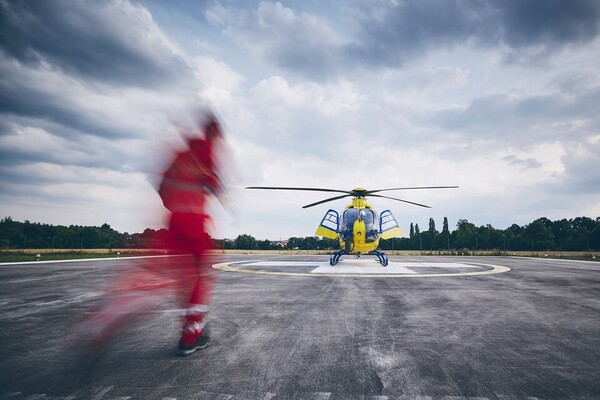Controversy is brewing over the transfer of Democratic Party of Korea leader Lee Jae-myung from Pusan National University Hospital (PNUH) to Seoul National University Hospital (SNUH) after he was attacked with a knife by a man in his 60s in Gadeokdo, Busan.
Experts said it was appropriate to transfer a patient with severe trauma needing emergency surgery to the nearest regional trauma center in Busan.
However, they emphasized that transferring him to SNUH in Seoul by helicopter was inappropriate, pointing out that PNUH operates a regional trauma center.

The DPK leader reportedly suffered a 1.5-centimeter laceration on his neck and a damaged jugular vein in the Tuesday attack.
Lee was taken to a nearby soccer field by ambulance at 10:50 a.m., 20 minutes after the incident, and transferred to PNUH by helicopter at 11:13 a.m. After receiving emergency treatment at the regional trauma center, including open wound treatment and tetanus injections, he was transferred again to SNUH by helicopter at 1 p.m.
DPK officials stated that the decision to transfer Lee to SNUH was due to concerns about massive bleeding from the damaged jugular vein and considerations for family members caring for him. Lee is recovering after a two-hour surgery at SNUH.
However, emergency medicine experts pointed out that the incident in which the patient’s guardians requested a transfer to SNUH, although the regional emergency medical system was working well, could deepen the public’s distrust of the regional and overall emergency medical operations.
"It took 23 minutes from the time of the report to the start of the transfer to (PNUH)," said Lee Kyung-won, a public affairs director at the Korean Society of Emergency Medicine (KSEM). "This is proof that the emergency medical system worked well, and it was the right decision to transfer the patient by helicopter to PNUH, a regional trauma center."
However, it was unfortunate that they transported a patient with suspected severe trauma needing emergency surgery quickly to SNUH by helicopter just because the patient’s family wanted it and they believed SNUH was better than PNUH after moving him to the nearest regional trauma center first, the KSEM's Lee said. He is also a professor of the Department of Emergency Medicine at Yongin Severance Hospital.
"In this way, how can the public trust the province-based national university hospitals and regional emergency medical system? Everybody will demand a helicopter transfer to SNUH, won’t they? My heart breaks due to the duplicitous behavior of the political circles, which call for establishing public medical schools in provinces and the regional medical system," Professor Lee said.
Lee noted that everyone knows that if emergency medical treatment and surgery are not performed within the golden time in the region for patients with life-threatening, time-critical diseases and severe trauma, the patient will die or become permanently disabled, reiterating that the transfer to other hospitals should not be determined by the patients or their guardians’ wishes.
"If a surgery, procedure, or hospitalization is not available at an emergency medical facility, the medical staff, including emergency medicine specialists, should contact the available emergency medical facilities in advance, check for acceptance, and safely transfer the patient to a hospital with emergency surgery, procedure, or hospitalization through all procedures," he added.

